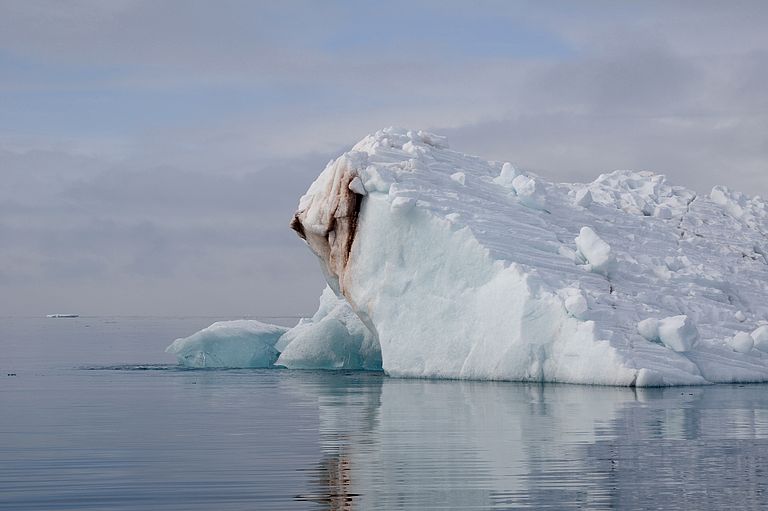Arctic warming favours weather extremes
Summer heat and winter cold can become more common in Europe
During summer heat waves like the ones that covered Europe in 2003, 2010 and 2011 or winter cold spells like the one that controlled most of the European continent for example in 2010, we become especially aware that the global climate changes. In their frequency and magnitude, such extremes could be closely linked to the recent Arctic warming. “Arctic air surface temperatures have been increasing twice as fast as the global average in recent decades”, Dr. Vladimir A. Semenov, meteorologist at GEOMAR | Helmholtz Centre for Ocean Research Kiel, states. In his “News & Views” article in the international journal “Nature Climate Change”, he refers in particular to a study by Jennifer Francis and Stephen Vavrus that recently appeared in Geophysical Research Letters and provided an important additional evidence for transformation of weather regimes linked to the global warming.
Accelerated Arctic sea-ice retreat, a warming of the ocean surface in summer and stronger heat fluxes between ocean and atmosphere in winter are the most obvious consequences of Arctic Amplification. But it may also trigger changes of atmosphere circulation that may lead to temperature extremes in mid-latitudes. Vladimir Semenov with Dr. Vladimir Petoukhov were among the first who suggested in their study published in 2010 that the recent European harsh winters could be related to reduced sea ice and strong warming in the Arctic. Since the 1990s warming appeared especially in autumn and winter and thus reduced the temperatures difference between higher and lower latitudes in the Northern Hemisphere. This weakened the westerly winds in the mid latitudes preferring a stronger meridional flow that “may trigger persistent weather regimes such as the blocking events that are responsible for summer droughts or winter cold spells”, Semenov points out.
As the most interesting aspect, Dr. Semenov stresses new findings about atmosphere dynamics in the mid-troposphere, at about 5000 metres. The recent warming evokes meridionally elongated atmospheric circulation pathways above the Atlantic in autumn, winter and summer. “This indicates that the circulation transforms from a zonal to a meridional one”, Semenov explains. “As westerly winds become weaker, periods of extreme heat or cold can become more common in Europe. This has to be further addressed when analyzing simulations with global climate models under scenarios of anthropogenic climate change.”
References:
Semenov, V., 2012: Arctic warming favours extremes. Nature Climate Change, 2, 315–316, doi: 10.1038/nclimate1502
Francis, J.A., and S.J. Vavrus, 2012: Evidence linking Arctic amplification to extreme weather in mid-latitudes. Geophysical Research Letters, 39, L06801, doi: 10.1029/2012GL051000
Petoukhov, V., and V.A. Semenov, 2010: A link between reduced Barents-Kara sea ice and cold winter extremes over northern continents. Journal Geophysical Research - Atmospheres, 115, D21111, doi:10.1029/2009JD013568
Images:
Iceberg in the Arctic. Photo: Maike Nicolai
Contact:
Dr. Vladimir Semenov (GEOMAR, FB1, Marine Meteorology), Phone +49 431 600-4056, vsemenov@geomar.de
Maike Nicolai (GEOMAR, Communication & Media), Phone: +49 431 600-2807, nmnicolai@geomar.de



